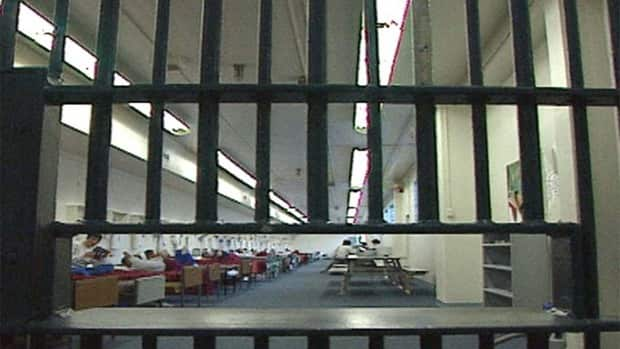

As the Pennsylvania system illustrates through well-intended but misguided use of solitary confinement, there is often a gap between theory and reality. The extent to which this ideal affected conditions within prisons and jails, however, varies widely across geography and time. Specific approaches and actual methods may have evolved through the years, but rehabilitation became the primary goal of various criminal justice systems around the world. Because it is known to pose serious mental health hazards, the practice is now used only sparingly.

It is regarded as the most severe punishment a prisoner can be forced to endure. By the middle of the 1800s, the Auburn system was more prevalent in the United States, while the Pennsylvania system became a model for prisons in other parts of the world.īut while physical conditions may have been an improvement over the filth of older institutions, solitary confinement took its toll on inmates in the same way that it does today. During the daytime prisoners worked together under strictly imposed silence, producing goods to be sold by the state.īoth systems forbade interaction between inmates to prevent negative influences and to encourage prisoners to reform through contemplation of their crimes (the word penitentiary comes from the same Latin root as penitence). The Auburn system also employed solitary confinement, but only at night. They ate alone and worked alone at various crafts and had almost no contact with other people. Prisoners spent day and night in their cells, each of which had a small adjoining yard for exercise. The Pennsylvania system, shaped in large part by Quaker ideas, proposed that solitary confinement would encourage prisoners to reflect on their misdeeds, study the Bible, pray, and eventually become repentant and seek to lead a better life upon release. These institutions, writes sociologist Bruce Western in Punishment and Inequality in America, were devised for moral correction through “rigorous programs of work and isolation” that “would remedy the moral defects of criminal offenders so they might safely return to society.” The two new styles of prisons in the United States at this time were duly named “the Auburn system” and “the Pennsylvania system.” Tocqueville focused on Auburn State Prison in New York and Eastern State Penitentiary in Pennsylvania. Of interest to the French government, and to the rest of Europe, was a new idea emerging in the United States regarding the purpose of the criminal justice system: to rehabilitate prisoners. Unsanitary conditions led to outbreaks of typhus and other diseases. At the time, European prisons emphasized harsh punishment, hard labor and strict discipline. Beginning in the late 18 th century, reformers such as Jeremy Bentham and John Howard had brought the appalling conditions in many British prisons to the public’s attention. The purpose of Alexis de Tocqueville’s 1831 visit to America-which led to the publication of Democracy in America in 1835-was to study the American penitentiary system.

Their experiences make for great fiction, but what about today’s reality? Can veterans of the modern penal system become successful, fully functional citizens in the real world? And what principles regarding the restoration of offenders can we establish? A New ApproachĪ few years before these novels were published, another famous Frenchman had been touring the United States. In spite of their negative experiences as convicts, however, both become heroic figures. Both men emerge from captivity worse for wear: one seeks revenge on all who have wronged him, and the other steals from a kindly bishop who offers him dinner and a bed.

In their respective stories, Dantes and Valjean are profoundly impacted by brutal treatment at the hands of cruel jailers, though Dantes has been falsely imprisoned and Valjean jailed for a minor offense. The novels in which these legendary characters feature- The Count of Monte Cristo (1844) and Les Miserables (1862)-are set in early-19th-century France, when prisoners typically endured long sentences of hard labor and had very few rights as parolees-if they were fortunate enough to be released. Two of the best-known prisoners in literature are Edmund Dantes and Jean Valjean.


 0 kommentar(er)
0 kommentar(er)
